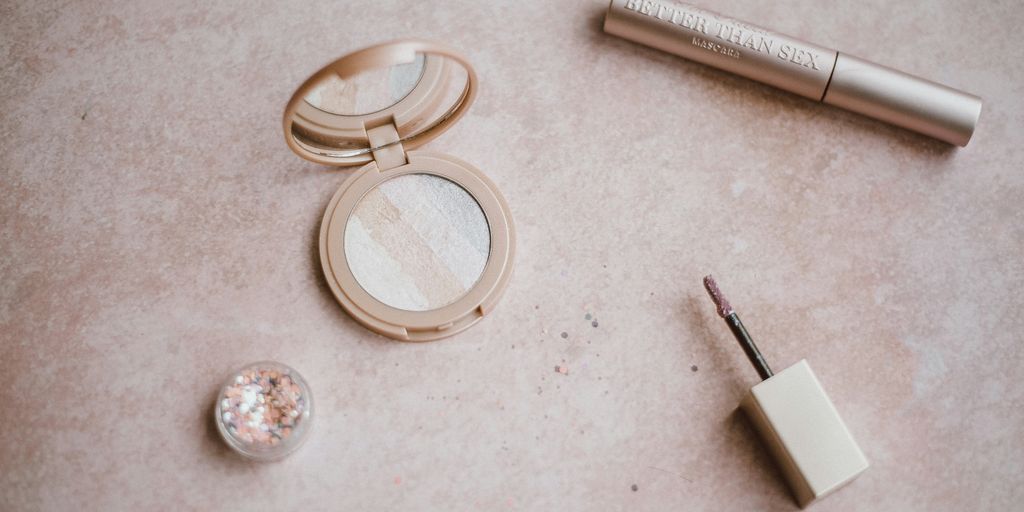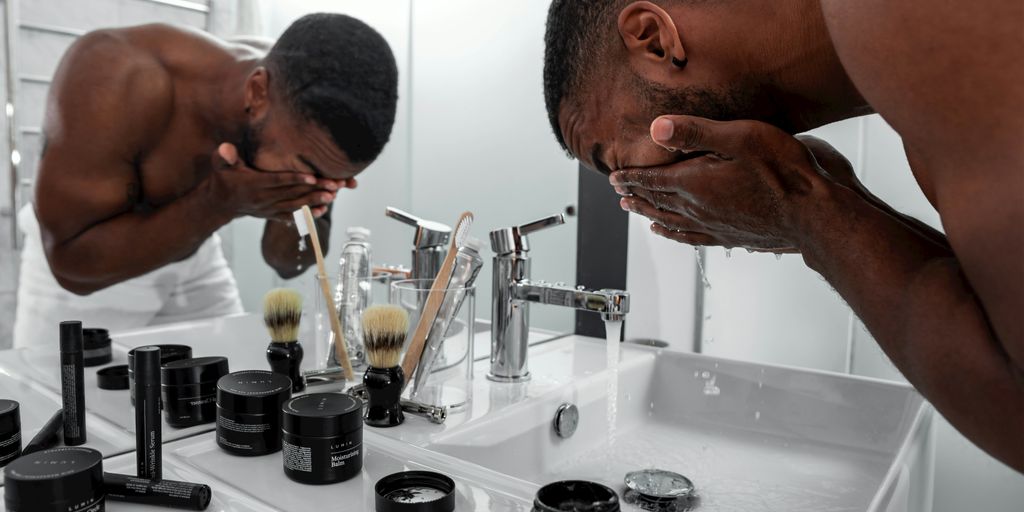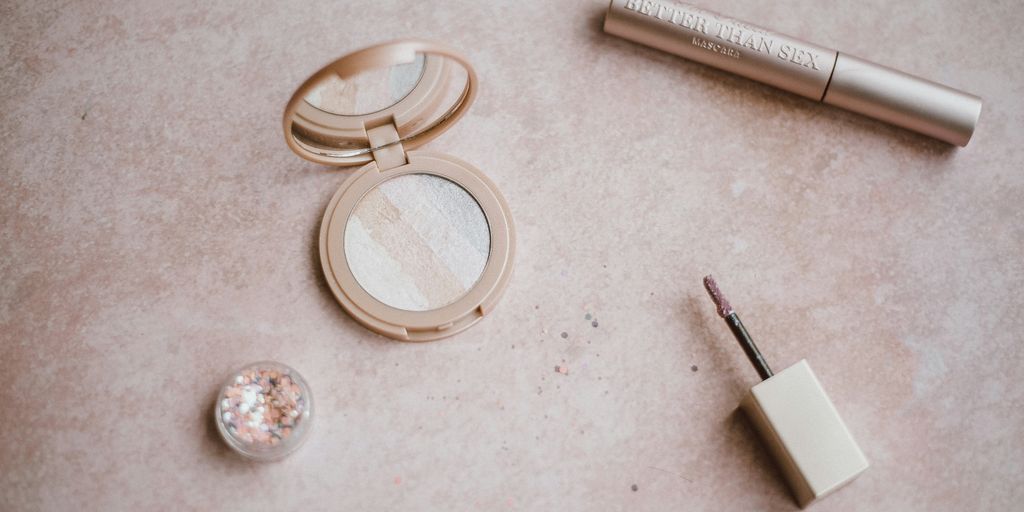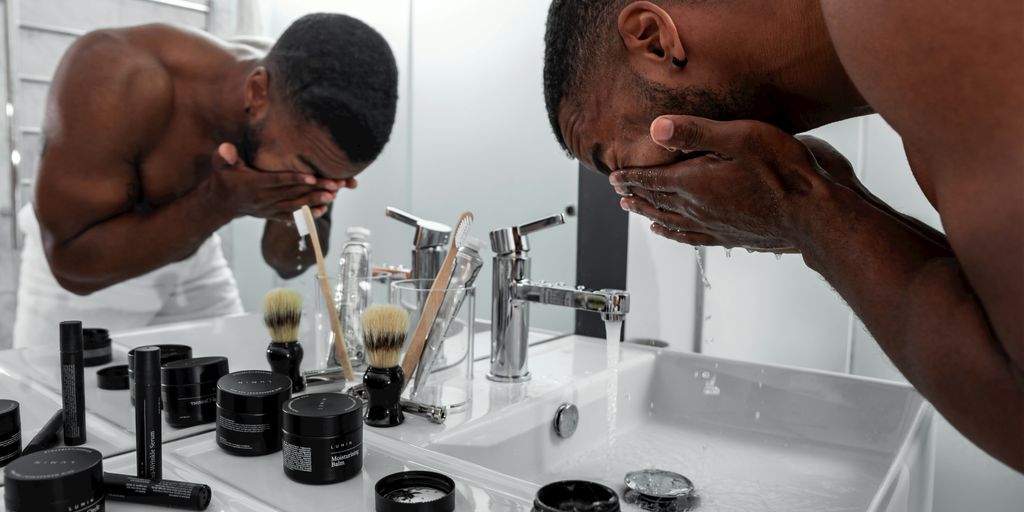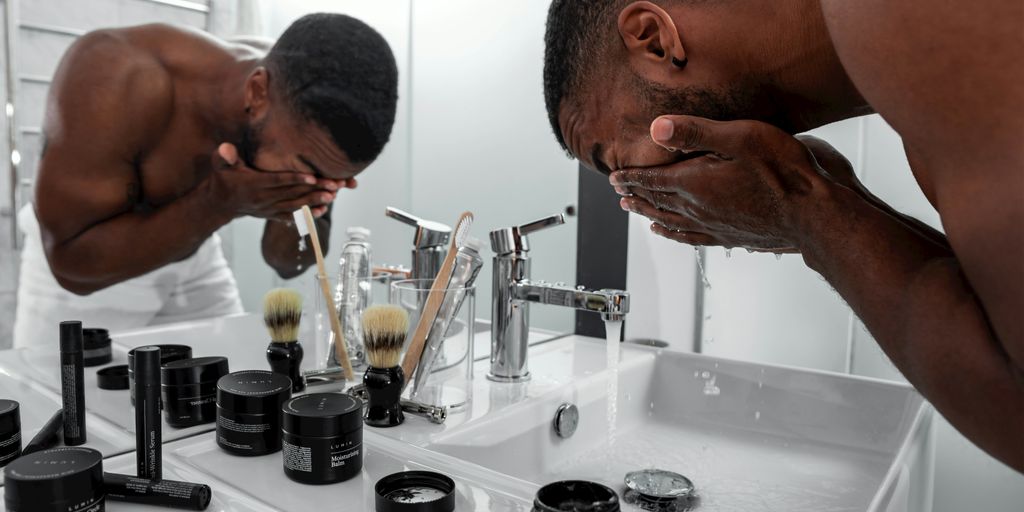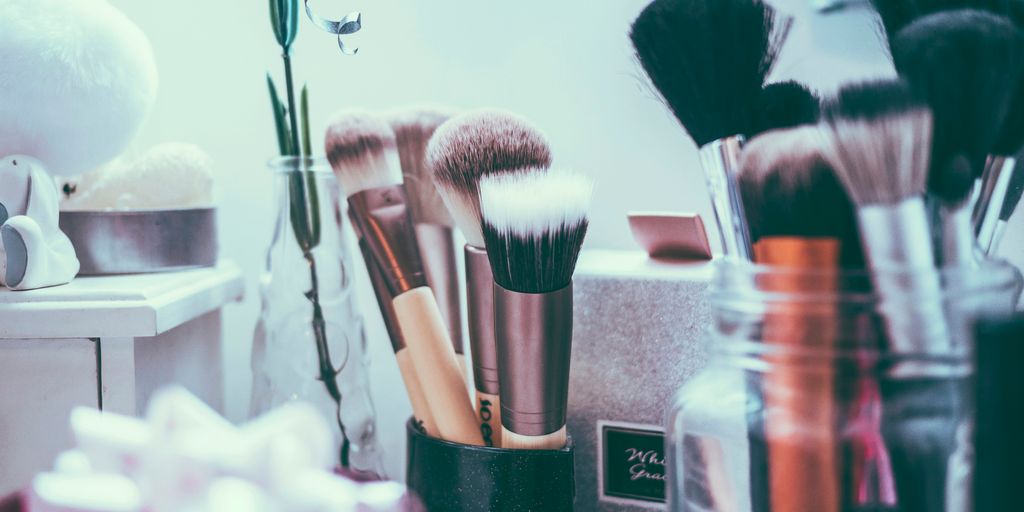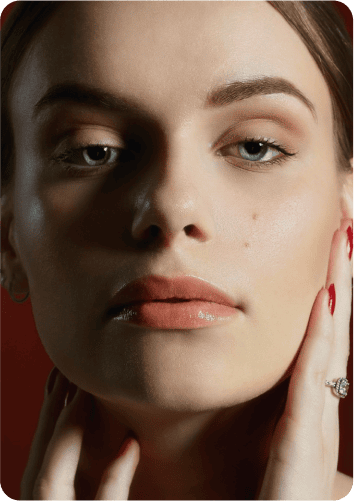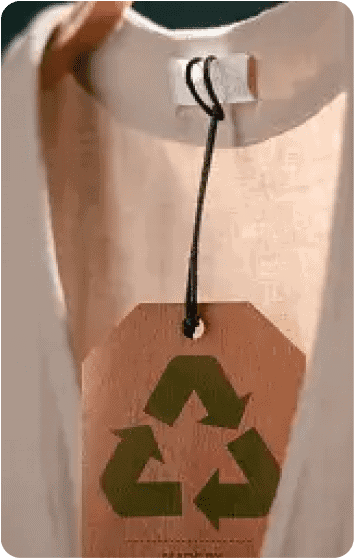As we step into 2025, the question on many beauty enthusiasts’ minds is whether Bobbi Brown is truly a cruelty-free brand. With the growing awareness around animal testing and ethical practices in the beauty industry, it’s essential to explore what this means for consumers who want to make informed choices. In this article, we’ll dig into Bobbi Brown’s stance on cruelty-free standards, look at certifications, and see how they stack up against other brands in the market.
Key Takeaways
- Bobbi Brown’s official statements regarding their cruelty-free status are key to understanding their practices.
- Third-party certifications play a significant role in verifying cruelty-free claims.
- Consumer reviews often reflect perceptions of a brand’s commitment to ethical practices.
- Comparing Bobbi Brown to other cruelty-free brands helps highlight the options available to consumers.
- The future of beauty looks increasingly focused on transparency and ethical standards.
Understanding Cruelty Free Standards
What Does Cruelty Free Mean?
Okay, so what does "cruelty-free" actually mean? It sounds simple, but it can get a little complicated. Basically, it means that a product and its ingredients weren’t tested on animals at any stage of development. This includes the ingredients themselves, the manufacturing process, and the finished product. However, there’s no single, universally accepted definition, which is where things get tricky. Some companies might claim to be cruelty-free because they don’t test the final product on animals, but their suppliers might still conduct animal testing on the ingredients. It’s important to look beyond just the label and do a little digging to understand a brand’s complete practices.
Global Standards for Cruelty Free Certification
When it comes to cruelty-free certification, there are a few different organizations that brands can partner with to verify their claims. These certifications help consumers make informed choices. Some of the more well-known ones include:
- Leaping Bunny: This is a globally recognized certification that requires companies to have a supplier monitoring system in place to ensure no animal testing is done at any point in the supply chain.
- PETA’s Beauty Without Bunnies: PETA offers certification to companies that sign a statement of assurance verifying they do not conduct, commission, or pay for any animal testing.
- Choose Cruelty Free (CCF): Based in Australia, CCF certifies companies that don’t test on animals and whose suppliers also adhere to cruelty-free standards.
It’s worth noting that each certification has its own set of criteria and standards, so it’s a good idea to familiarize yourself with what each one entails. Just seeing a logo doesn’t automatically guarantee the highest level of cruelty-free commitment.
The Importance of Cruelty Free in Beauty
Why does cruelty-free beauty even matter? Well, for a lot of people, it’s about the ethical treatment of animals. No one wants animals to suffer for the sake of a new lipstick or eyeshadow. Beyond the ethical considerations, there’s also a growing awareness of the potential health impacts of some ingredients used in cosmetics. Many consumers believe that cruelty-free products are more likely to contain safer, more natural ingredients. Plus, supporting cruelty-free brands sends a message to the beauty industry that ethical practices are important and that consumers are willing to vote with their wallets. It encourages more companies to adopt cruelty-free practices, creating a more compassionate and sustainable beauty industry.
Bobbi Brown’s Cruelty Free Status
Official Statements from Bobbi Brown
It’s important to check what Bobbi Brown says about their cruelty-free status. Companies sometimes change their policies, so what was true a year ago might not be true today. Usually, you can find this info on their official website, in their FAQs, or in press releases. Keep an eye out for specific wording about animal testing, both for finished products and ingredients. If they sell in countries where animal testing is required by law, that’s another thing to consider.
Third-Party Certifications
Third-party certifications are a good way to verify a brand’s claims. Leaping Bunny, PETA, and Choose Cruelty Free are some common ones. These organizations have their own standards and audit companies to make sure they’re following them. If Bobbi Brown is certified by one of these groups, it adds weight to their cruelty-free claims. However, not all cruelty-free brands seek certification, sometimes because of the cost or complexity involved.
Consumer Perceptions and Reviews
What do customers think? Online reviews and discussions can give you a sense of whether people believe Bobbi Brown is truly cruelty-free. Look for patterns in what people are saying. Do they trust the brand? Have there been any controversies or concerns raised? It’s just one piece of the puzzle, but consumer sentiment can be really telling.
It’s worth remembering that perceptions can be influenced by a lot of things, including marketing and personal beliefs. Always try to find solid evidence to back up any claims, whether positive or negative.
Here are some things to consider when evaluating consumer reviews:
- Check multiple sources.
- Look for detailed explanations, not just simple statements.
- Consider the reviewer’s potential biases.
Here’s a simple table showing how different sources might view the brand:
| Source | View of Bobbi Brown’s Cruelty-Free Status |
|---|---|
| Official Website | Potentially biased |
| Consumer Reviews | Mixed, requires careful evaluation |
| Certifications | Objective, but not always present |
The Impact of Cruelty Free Practices
Benefits for Animals and the Environment
Choosing cruelty-free isn’t just a trend; it’s a real way to make a difference. Animal testing can be brutal, and by supporting brands that skip it, you’re helping to reduce animal suffering. Plus, many cruelty-free brands are also focusing on eco-friendly packaging and sustainable ingredients, which is a win for the planet. It’s a small change that adds up.
Consumer Demand for Ethical Products
More and more people care about where their products come from and how they’re made. The demand for ethical and cruelty-free options is growing fast. This shift is pushing companies to rethink their practices and offer better, more responsible choices. It’s cool to see how consumer power can actually change things for the better.
The Role of Transparency in Beauty Brands
Brands need to be upfront about their practices. If a company is truly cruelty-free, they should be open about their supply chain, testing policies, and certifications. This transparency helps consumers make informed choices and builds trust. It’s all about knowing what you’re buying and supporting companies that align with your values.
Transparency is key. When brands are open about their practices, it allows consumers to make informed decisions and support companies that align with their values. This creates a more ethical and responsible beauty industry for everyone.
Here’s a quick look at what consumers are looking for:
- Clear labeling
- Third-party certifications
- Detailed information on testing policies
Comparing Bobbi Brown to Other Brands
Cruelty Free Alternatives
Okay, so you’re thinking about cruelty-free makeup. That’s great! There are tons of brands out there now that skip animal testing. Some popular ones include:
- Pacifica
- e.l.f. Cosmetics
- Axiology
These brands are often more affordable, and easily accessible. It’s worth checking them out if ethics are a big deal for you.
Brand Reputation in the Beauty Industry
Brand reputation is everything, right? Some brands have worked hard to build a cruelty-free image, and consumers notice. Others… not so much. Bobbi Brown has a solid reputation for quality, but its stance on animal testing is a bit unclear, which can affect how people see them compared to brands with clear cruelty-free commitments. Transparency is key in today’s market.
Consumer Choices and Brand Loyalty
Consumers have so many choices these days. It’s wild! People are more informed and care about where their money goes. Brand loyalty isn’t just about the product anymore; it’s about shared values. If a brand isn’t cruelty-free, some consumers will switch, no question. It’s a real factor in the beauty world now.
Choosing brands that align with your values is a personal decision. Consider what matters most to you – product quality, price, or ethical practices – and let that guide your choices. There are many brands to choose from, so take your time and find the ones that are the best fit for you.
Future of Cruelty Free Beauty

Trends in Cruelty Free Products
The world of cruelty-free beauty is changing fast. We’re seeing more and more brands pop up that are totally dedicated to being kind to animals. It’s not just about avoiding animal testing anymore. People want to know where ingredients come from and if they’re sustainable. There’s also a big push for vegan products, which means no animal-derived ingredients at all. Innovation is key, with brands finding new ways to create effective products without harming animals or the environment. For example, some companies are exploring lab-grown ingredients to reduce reliance on traditional sources. It’s pretty cool stuff!
Legislation and Animal Testing
Laws around animal testing are slowly changing, but there’s still a long way to go. Some countries have banned animal testing for cosmetics, but others still require it. This makes it tricky for brands that want to sell their products everywhere. There’s a lot of talk about making laws more consistent around the world. The goal is to create a global standard where animal testing is a thing of the past. Pressure from consumers and animal rights groups is helping to push these changes forward. It’s a slow process, but every step in the right direction counts.
The Evolving Landscape of Beauty Ethics
Beauty ethics are becoming more complex. It’s not just about animal testing; it’s about the whole picture. People are thinking about:
- Fair labor practices
- Sustainable sourcing
- Environmental impact
Brands are being asked to be more transparent about their supply chains and how they treat workers. Consumers want to support companies that are doing good for the world, not just making pretty products. This means brands need to be open and honest about their values and practices. It’s a big shift, but it’s making the beauty industry more responsible and ethical.
The future of beauty isn’t just about looking good; it’s about feeling good about what you’re buying. Consumers are more informed and more demanding than ever before, and they’re using their wallets to support brands that align with their values. This is forcing the beauty industry to rethink its practices and prioritize ethics and sustainability.
How to Support Cruelty Free Brands
Identifying Cruelty Free Products
Okay, so you want to buy cruelty-free, but how do you actually know what’s safe? It can feel like a minefield! Look for official certifications. Leaping Bunny and PETA are two common ones, but do a little digging to see which certifications you trust the most. Don’t just rely on a brand saying they’re cruelty-free on their website. Greenwashing is real, and some companies will stretch the truth. Check product packaging carefully for logos, and if you’re unsure, a quick search online can often clear things up.
Advocacy and Awareness
Supporting cruelty-free brands isn’t just about what you buy; it’s also about using your voice. Talk to your friends and family about why it matters to you. Share information on social media. Write to companies and let them know you support their ethical choices. Even small actions can make a difference. Consider supporting organizations that are actively working to end animal testing.
Engaging with Brands on Social Media
Social media is a powerful tool. Use it to ask brands about their cruelty-free status. If they’re certified, give them a shout-out! If they’re not, politely ask them to consider it. Public pressure can influence companies to change their practices. Leave reviews mentioning cruelty-free status.
Remember, your voice matters. By making informed choices and speaking out, you can help create a more ethical beauty industry. It’s a journey, not a destination, and every step counts.
Here’s a simple way to think about it:
- Buy cruelty-free products whenever possible.
- Talk about it with others.
- Use social media to engage with brands.
Personal Experiences with Bobbi Brown Products
User Testimonials
Okay, so I’ve been using Bobbi Brown products on and off for a few years now, and I wanted to share my honest thoughts. I think it’s important to hear from real people, not just influencers, right? I’ve tried everything from their foundation sticks to their eyeshadow palettes. What I’ve found is that the quality is generally pretty consistent, but not every product is a home run.
- Some people swear by their foundations for a natural look.
- Others find the price point a bit too high for what you get.
- A common theme is that their products are good for everyday wear, not necessarily for a super glam look.
Product Reviews and Ratings
Let’s talk numbers. I did some digging around on different beauty sites to see what the general consensus is. It’s interesting because you see a pretty wide range of opinions. Some products, like the undereye corrector, have almost universally positive reviews. Others, like certain lipsticks, are more hit-or-miss. It really seems to depend on individual skin type and preferences.
| Product Category | Average Rating (out of 5) | Common Comments |
|---|---|---|
| Foundation | 4.2 | Good coverage, natural finish, can be drying |
| Eyeshadow | 4.5 | Blendable, good color payoff, some fallout |
| Lipstick | 3.8 | Variable formula, some shades are more hydrating |
Community Feedback on Cruelty Free Claims
This is where things get a little tricky. I’ve seen a lot of discussion online about Bobbi Brown’s cruelty-free status, and it’s not always clear-cut. Some people are satisfied with the brand’s statements, while others are more skeptical, especially considering that they are sold in China, where animal testing was previously required. It’s a really important thing to consider when making a purchase.
It’s tough because you want to believe that the brands you’re supporting are truly ethical. But it’s also important to do your own research and not just take their word for it. The beauty industry can be pretty opaque, and it’s up to us as consumers to hold brands accountable.
When I first tried Bobbi Brown products, I was amazed by how well they worked for my skin. The foundation felt light yet provided great coverage, and the lip colors were vibrant and long-lasting. Each product made me feel more confident and beautiful. If you’re curious about my full experience and want to explore these amazing products for yourself, check out my website for more details!
Final Thoughts on Bobbi Brown’s Cruelty-Free Status
So, is Bobbi Brown truly cruelty-free? The answer isn’t as straightforward as we’d like it to be. While the brand has made strides towards being more ethical, there are still some gray areas that leave room for doubt. It’s clear that many consumers care deeply about these issues, and rightly so. If you’re committed to supporting cruelty-free brands, it might be worth doing a bit more digging into their practices. At the end of the day, your choices matter. Every purchase sends a message, so choose wisely and support brands that align with your values.
Frequently Asked Questions
What does it mean when a brand is cruelty free?
When a brand is labeled as cruelty free, it means they do not test their products on animals. This ensures that no animals were harmed during the testing process.
Are there specific standards for cruelty free certification?
Yes, there are global standards that different organizations use to certify brands as cruelty free. These standards require brands to prove they do not engage in animal testing.
Why is cruelty free important in the beauty industry?
Cruelty free practices are important because they promote kindness towards animals and encourage companies to find alternative testing methods that do not harm animals.
Is Bobbi Brown considered a cruelty free brand?
Bobbi Brown claims to be cruelty free, but it’s essential to check their latest statements and certifications to confirm their status.
How can I find cruelty free alternatives to Bobbi Brown?
You can look for other beauty brands that are certified cruelty free, which often have labels or badges on their products to indicate their commitment.
What can consumers do to support cruelty free brands?
Consumers can support cruelty free brands by buying their products, spreading awareness, and engaging with brands on social media to promote ethical practices.
